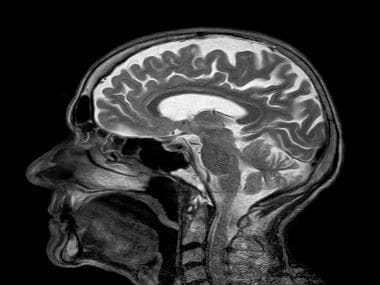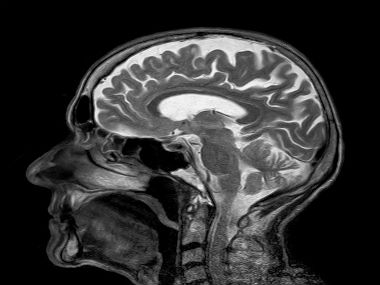- Globally three in 100 people may have an unruptured, asymptomatic aneurysm
- Aneurysms in the back of the brain are much more likely to rupture than aneurysms in the front arteries of the brain
- Most aneurysms get diagnosed accidentally when a person goes for a CT scan, MRI or other tests
A cerebral aneurysm is a condition marked by the ballooning of arteries in certain areas of the brain. These arteries then become weak and prone to rupture - in some cases, this may cause a brain stroke or haemorrhage. According to an estimate, about 3% of the world’s population suffers from the condition, with a higher prevalence among women over 50. When an aneurysm bursts, it leads to subarachnoid haemorrhage (SAH) - in layman’s terms, brain bleeds. SAH accounts for 0.4% to 0.6% of all the deaths in the world, with almost 76,500 to 204,100 new cases in India every year. [caption id=“attachment_7297521” align=“alignleft” width=“380”]  Representational image. Image by toubibe from Pixabay[/caption] Many notable people have suffered from SAH, including the American actress Sharon Stone and Canadian singer and songwriter Neil Young. In March 2019, Game of Thrones actor Emilia Clarke (Daenerys Targaryen) said she had suffered two brain bleeds while shooting the earlier seasons of the show. Here’s a detailed overview of what is a cerebral aneurysm, and why so many cases go undetected until there’s a potentially fatal brain bleed. What causes aneurysms? Though the exact cause of aneurysms is not known yet, experts think they may have something to do with high blood pressure, brain trauma, atherosclerosis (blocked arteries because of cholesterol build-up) or may even be hereditary. There are also many theories about why aneurysm forms. These range from structural fatigue of the arterial walls (which can happen in hypertensive people) to inflammation mediated by the immune system. In a recent study which was done by the University of Sussex in collaboration with the University of Seattle, USA, researchers discovered that some forms of brain aneurysms may be caused due to a genetic mutation in the PDGFRB gene, which is also responsible for various developmental disorders in human beings. Studies have found that a type of anticancer drug-receptoror tyrosine kinase inhibitors - can successfully be used to treat aneurysms. Though drug testing is still in progress, it is something to look forward to as a revolutionary step in identifying and resolving aneurysm causes. What can you do about it? Unruptured aneurysms only present symptoms if they are large enough to press against the brain. Then, they may present in the form of blurred vision, eye pain, headache, facial pain and problems with speaking. Ruptured aneurysms can cause a very sharp and severe headache with stiffness in the neck, light sensitivity and fainting. Since most aneurysms do not show any apparent symptoms — until the person has a stroke — they can be difficult to diagnose. According to the National Institute of Neurological Disorders and Stroke, UK, about 25% people with a ruptured aneurysm die within the first 24 hours or six months due to complications, and those who survive, suffer neurological damage or loss of certain brain functions. Statistics are even worse in India. In ‘Need for brain aneurysm treatment registry of India: How effectively are we treating intracranial aneurysms in India?’, an article published in Neurology India, a publication of the Neurological Society of India, Sudheer Ambekar, a fellow at the University of Miami, said that about 40% aneurysms in India are fatal. We still need a multilevel approach, including a national registry to identify and treat cerebral aneurysm cases effectively, he explained. What are the treatment options? There are limited treatment options for aneurysms today. Treatment usually includes minimally invasive procedures such as endovascular coiling. In this procedure, instead of opening the skull, a coil is introduced into the body through the femoral artery and placed onto the aneurysm to stop the bleeding. Another treatment method is surgical clipping, where the skull is opened to control bleeding from the aneurysm site. A third option is flow diverters that can help to reduce the size of the aneurysm and keep it from bursting. The future, however, looks promising. There’s new research on how to find an aneurysm before it turns fatal. The most recent among these is a tiny device developed by researchers at Stanford University - it uses a deep learning model called the HeadXNet to find possible aneurysms in the brain with a CT scan. If and when they can be used in clinical practice, these devices could have tremendous possibilities for preventing death by bleeding in the brain. This article was created by myUpchar, India’s first and biggest online resource for verified medical information. For more in-depth information on all things health, please visit www.myupchar.com/en. For more details on this topic, please see: https://www.myupchar.com/en/disease/brain-aneurysm


)

)
)
)
)
)
)
)
)



